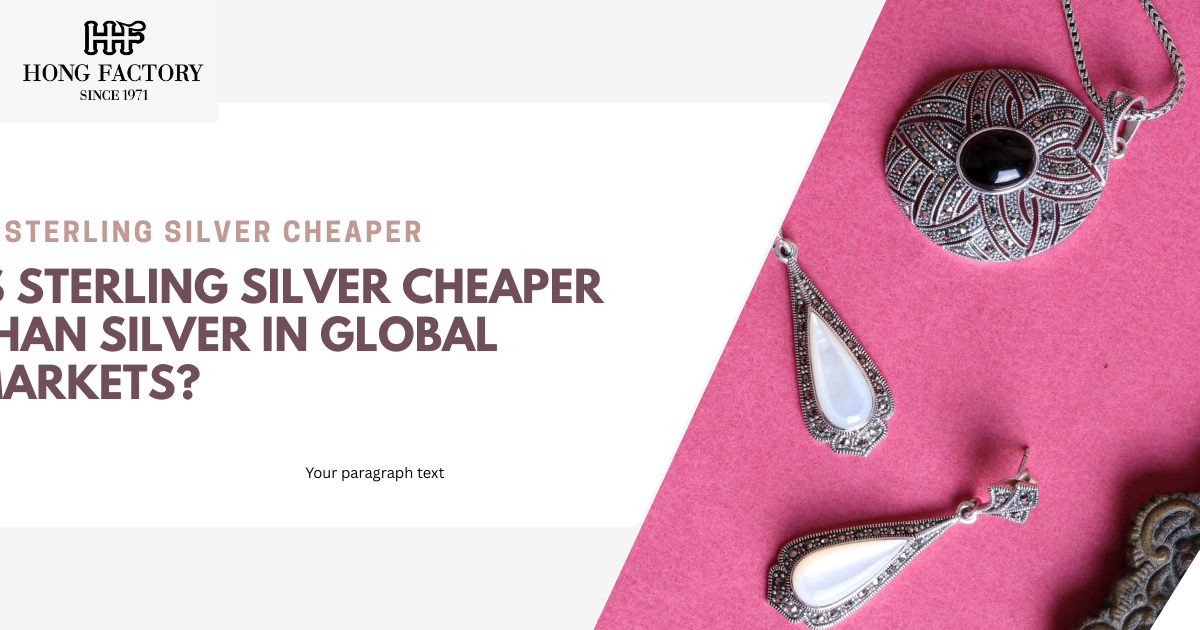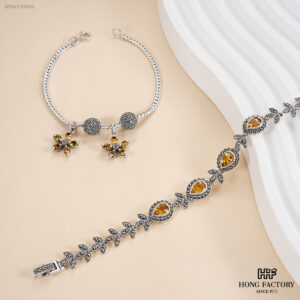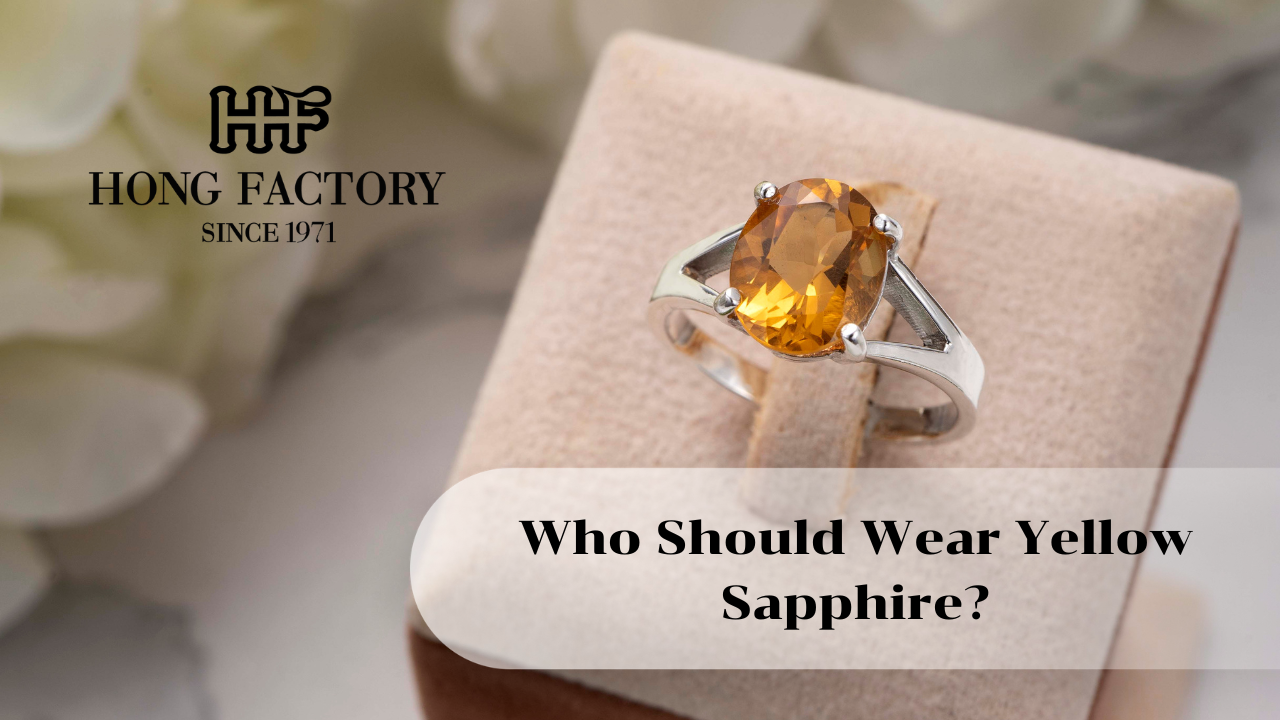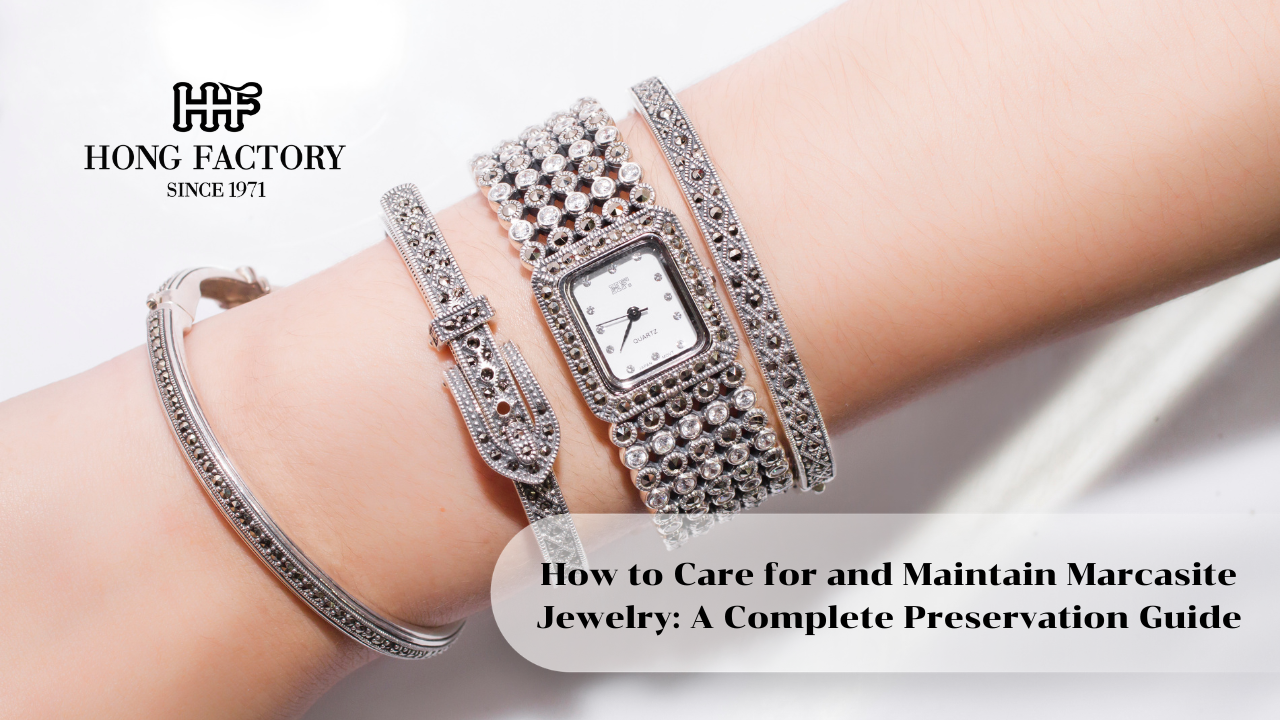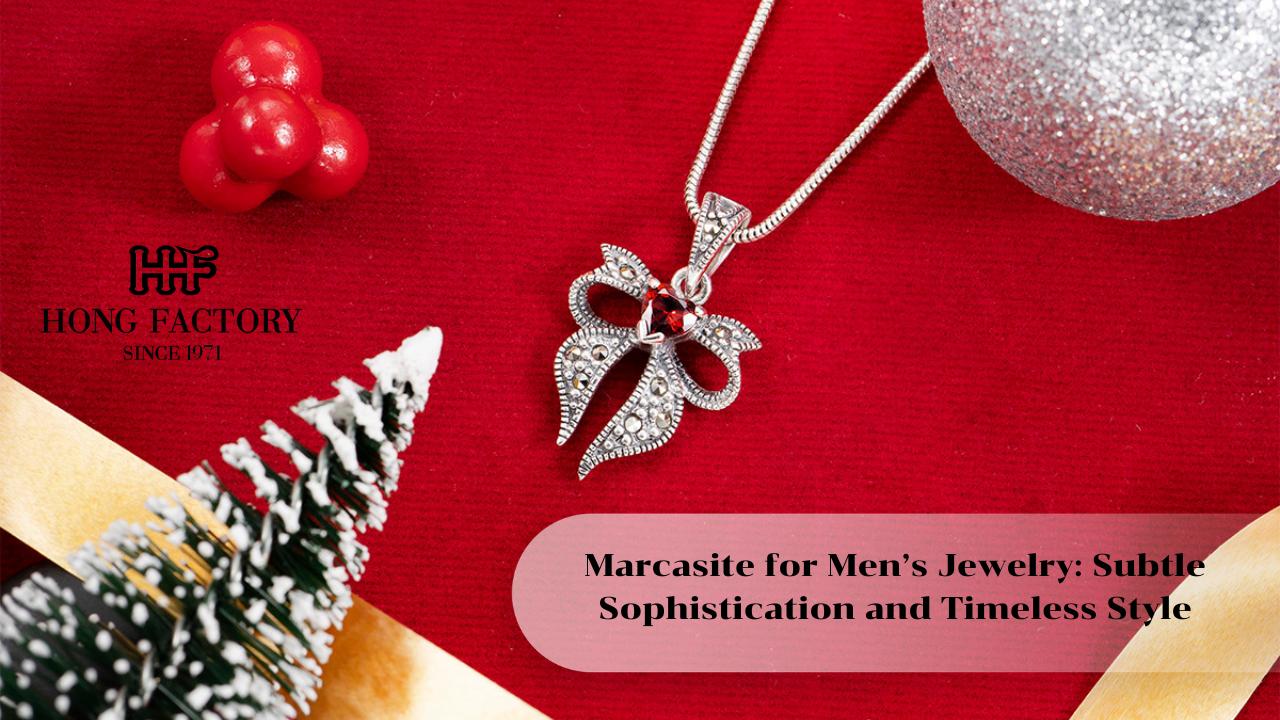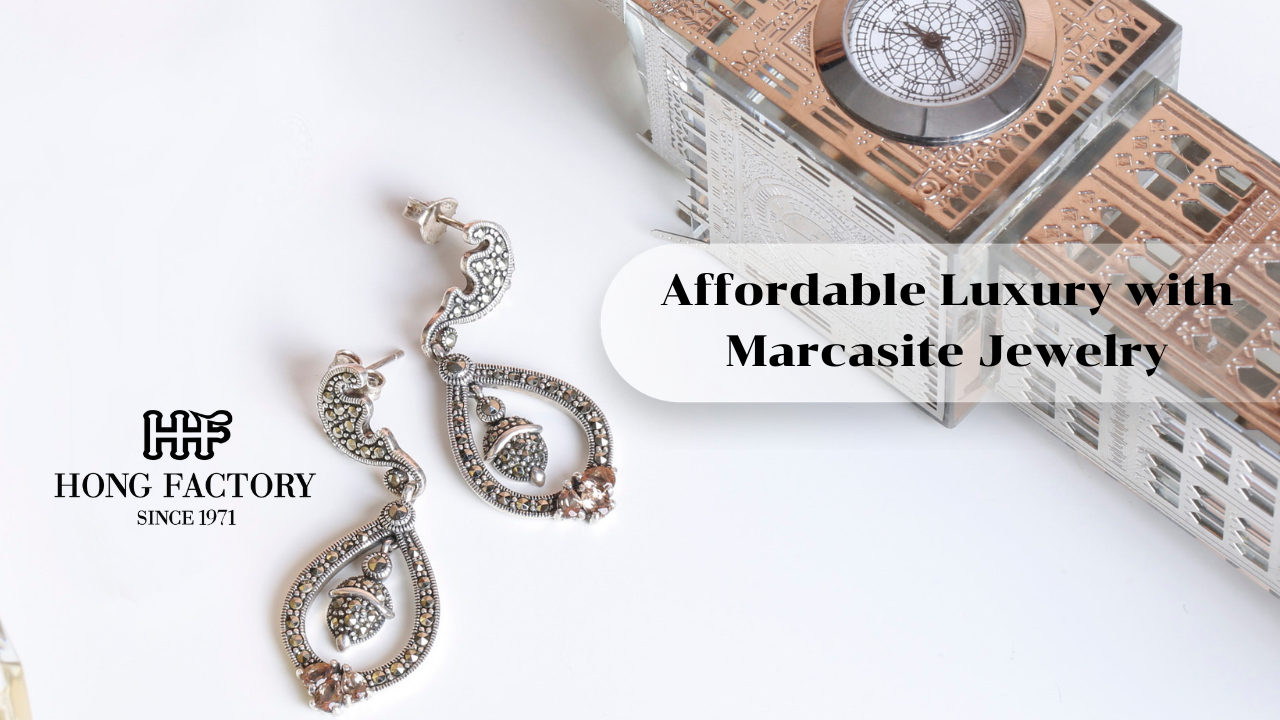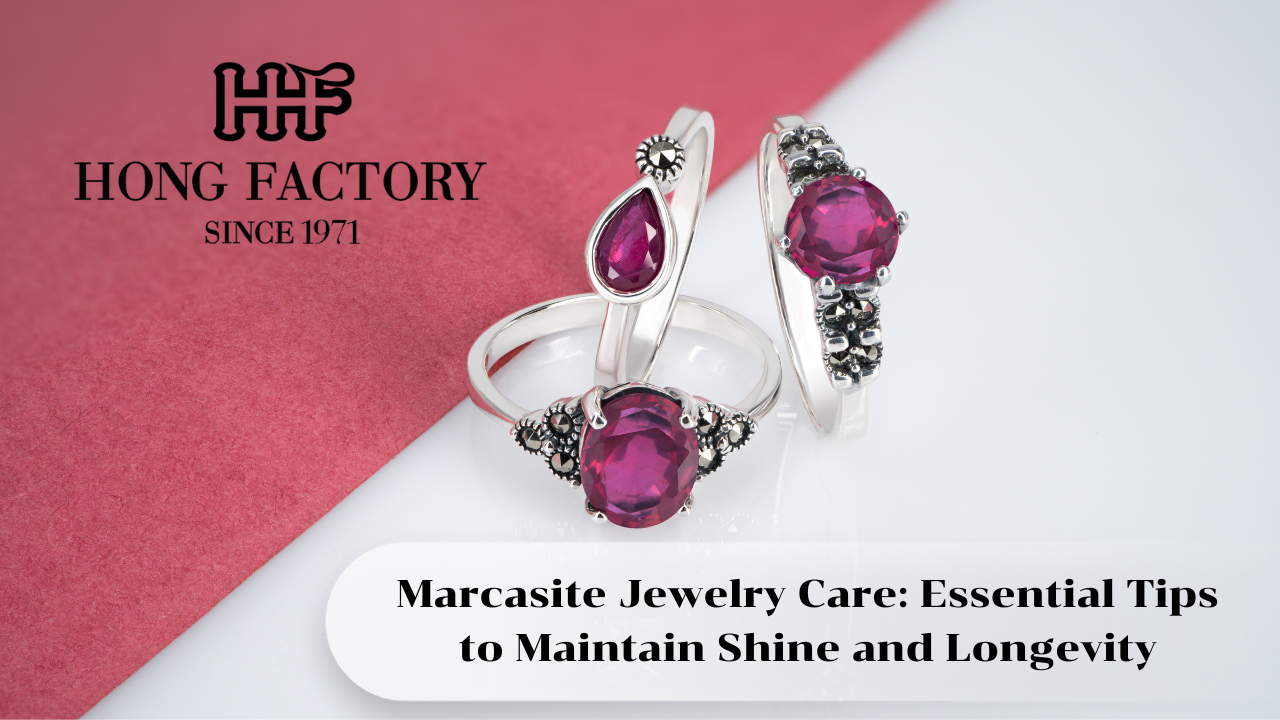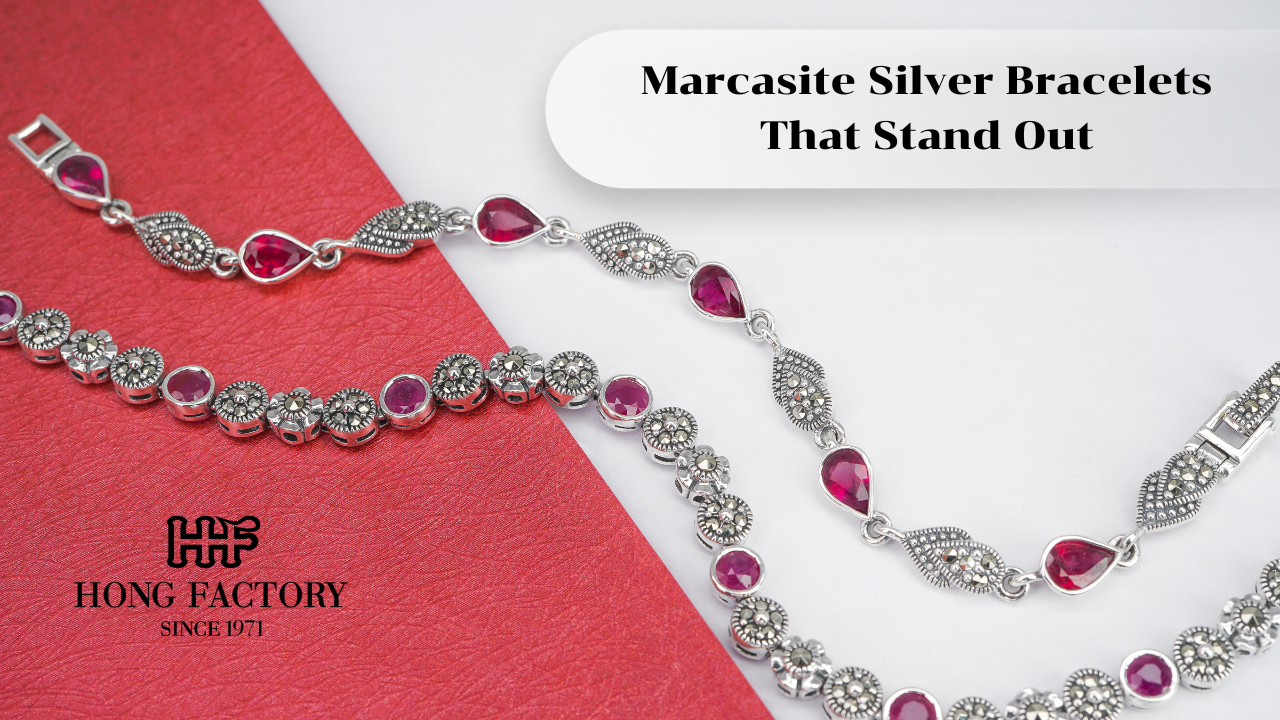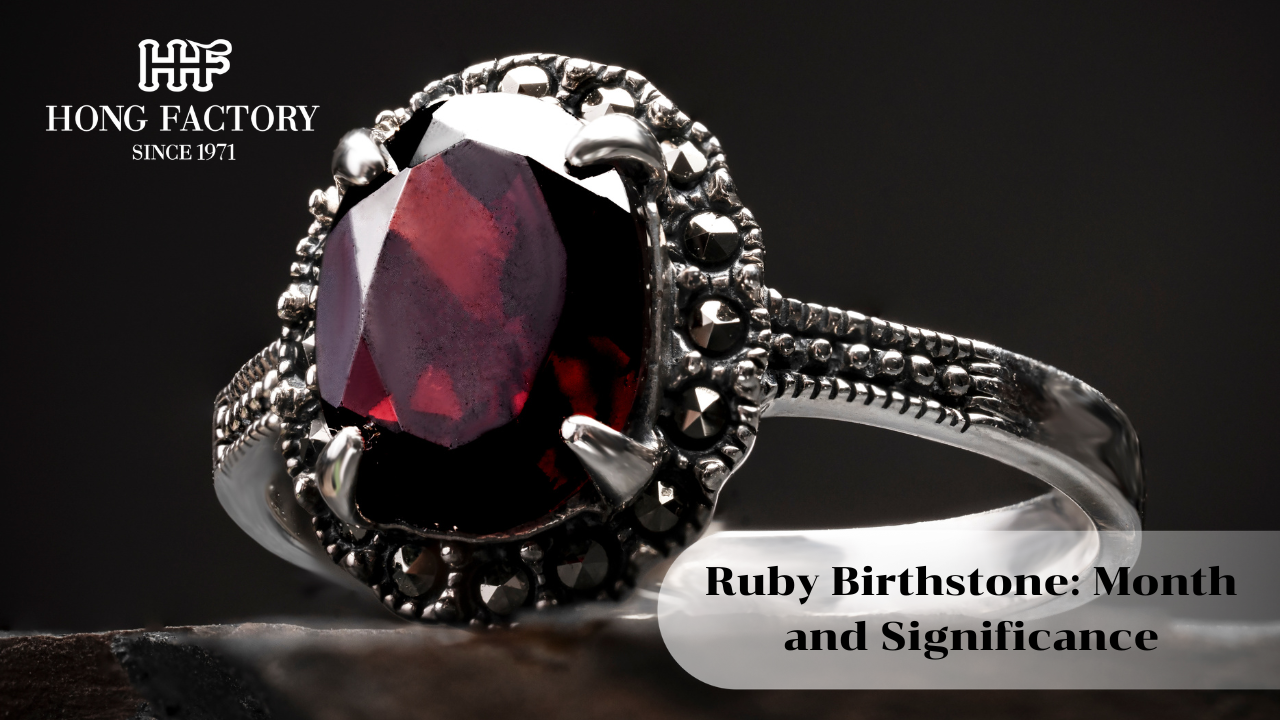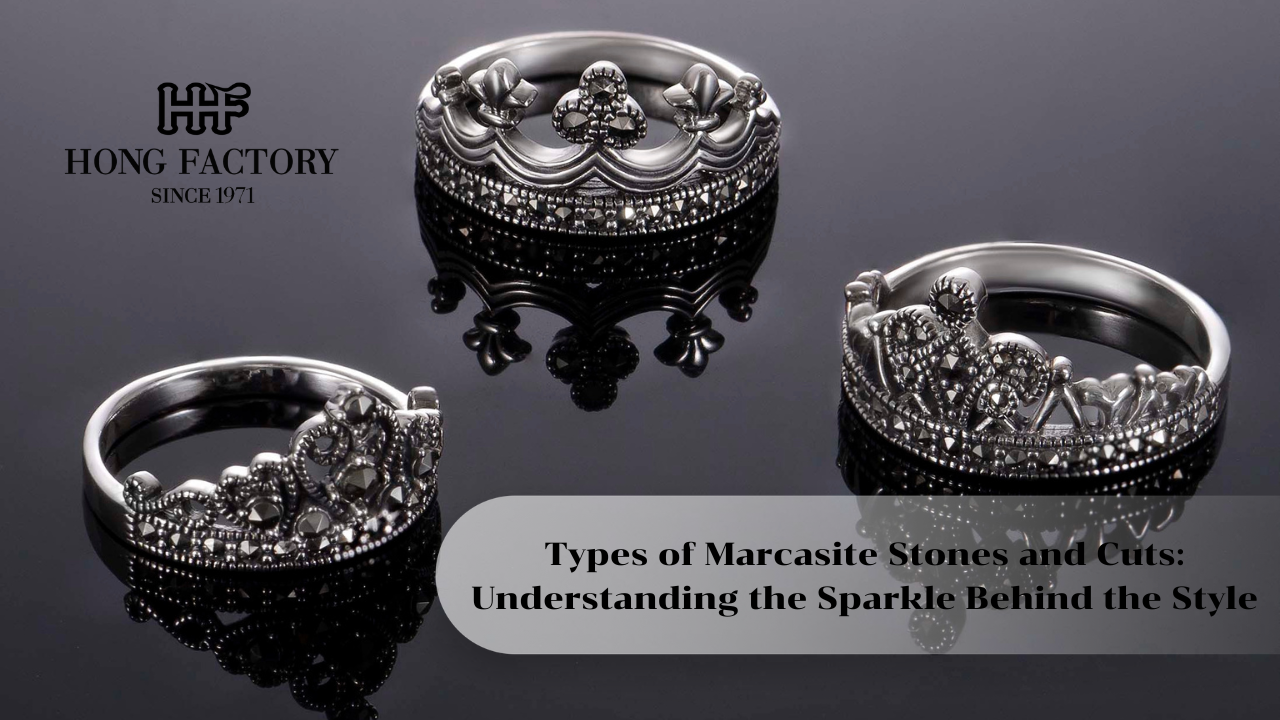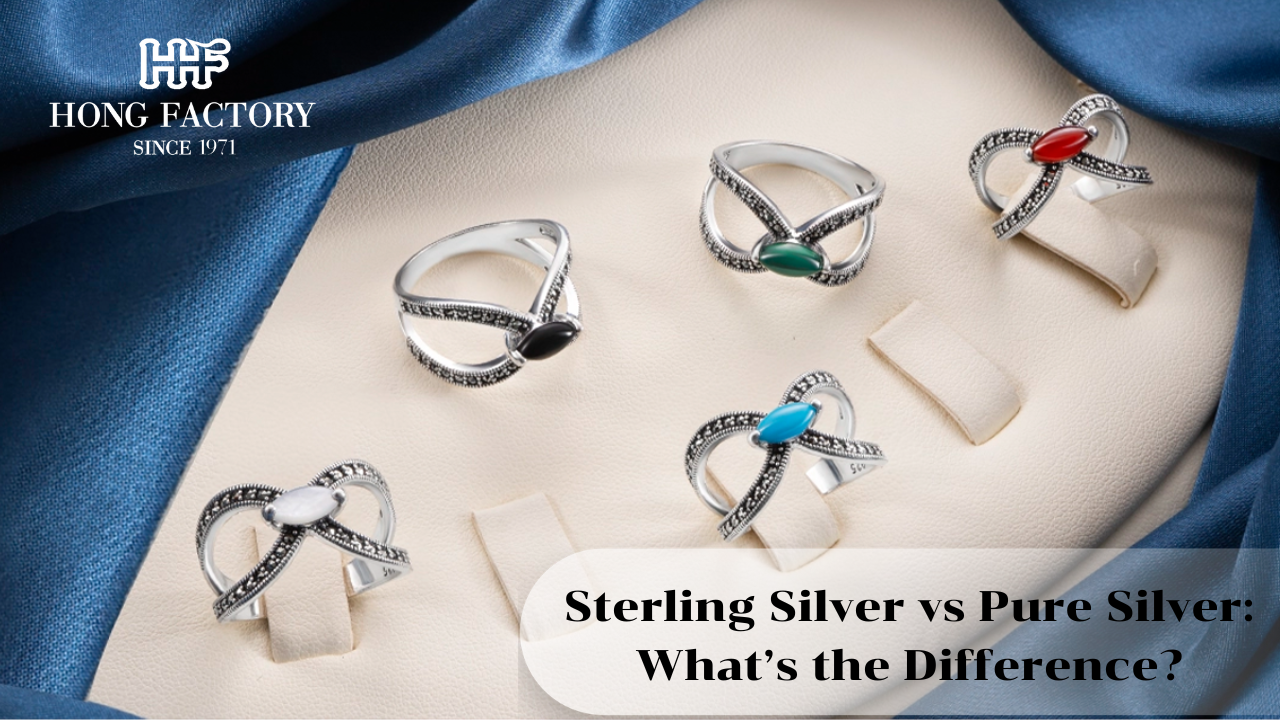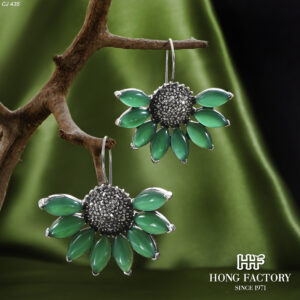
Silver has always played a vital role in global trade and the jewelry industry, admired for its shine, durability, and versatility. From local artisans to international luxury brands, silver continues to be one of the most traded and sought-after precious metals. However, when it comes to comparing costs worldwide, many ask: is sterling silver cheaper than fine silver in global markets? The answer depends on a combination of material composition, production demand, and international pricing trends. marcasite
Understanding Sterling Silver and Fine Silver in Global Trade
Before comparing prices, it’s essential to understand what sets sterling silver apart from fine silver. Fine silver (99.9% pure) is the purest form of silver available. It’s primarily used in bullion, coins, and investment-grade materials because of its high intrinsic value. Sterling silver, on the other hand, is an alloy composed of 92.5% silver and 7.5% copper or other strengthening metals. This small addition improves its hardness, making it ideal for jewelry, flatware, and decorative goods.
In global markets, sterling silver is considered a standard for manufacturing and export because it offers the same aesthetic appeal as pure silver while being easier to produce and handle. Its lower silver content means it is naturally less expensive, but its value remains strong due to international demand in the jewelry and design industries.
Is Sterling Silver Cheaper in Global Markets?
So, Is Sterling Silver Cheaper than fine silver in global markets? Yes and this holds true across most regions. The price difference arises from silver purity and industrial application. Since fine silver is almost 100% pure, its spot price per gram is higher than that of sterling silver, which contains about 7.5% base metal. This slight difference in composition translates into significant cost savings when buying in bulk.
For example, in global trading hubs such as London, New York, and Bangkok, fine silver prices are determined by international spot rates set by the London Bullion Market Association (LBMA). Sterling silver’s market value, however, adjusts based on alloy costs and manufacturing demand. As a result, jewelry manufacturers, especially in Asia and Europe, prefer sterling silver for large-scale production.
Why Sterling Silver Dominates International Jewelry Production
- Lower Raw Material Costs: The inclusion of copper reduces the total silver content, making sterling silver cheaper without compromising appearance.
- Durability for Export: Sterling silver’s strength helps it endure long-distance shipping and handling, an important factor for exporters.
- High Global Demand: Markets in the U.S., Thailand, and India heavily rely on sterling silver for both wholesale and retail jewelry industries.
- Ease of Craftsmanship: Jewelers worldwide favor sterling silver for its malleability and compatibility with plating, engraving, and stone-setting techniques.
These qualities make sterling silver the backbone of the global jewelry trade, combining affordability with high design flexibility.
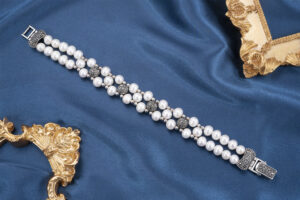
Fine Silver in the Global Market
Fine silver’s role in global markets is quite different. It’s typically valued for investment rather than manufacturing. Bullion investors, collectors, and central banks purchase fine silver for its purity and stability. However, its softness makes it impractical for large-scale jewelry production. As a result, fine silver remains a niche product in the jewelry world, while sterling silver dominates consumer markets.
In countries like Switzerland, Japan, and the United States, fine silver is often sold as coins, bars, or collectibles. Meanwhile, sterling silver remains the preferred metal for everyday luxury and fashion jewelry due to its versatility and cost-effectiveness.
Comparing Global Price Trends
Silver prices fluctuate daily based on international market conditions, including supply, demand, and currency movements. Typically, the global spot price of fine silver ranges between 5–10% higher than the effective market value of sterling silver. This variation becomes more noticeable in mass production or bulk trade.
For example, when the fine silver spot price is $25 per ounce, the equivalent sterling silver alloy may cost approximately $23 per ounce after adjusting for purity and processing. While this may seem like a small margin, it has a major impact on manufacturers sourcing hundreds or thousands of kilograms annually.
Regional Differences in Silver Pricing
The global jewelry market operates across various production and trading hubs:
- Thailand: A leading exporter of sterling silver jewelry, known for skilled craftsmanship and competitive pricing.
- India: A major market for sterling silver jewelry production and gemstone integration.
- China: A dominant force in manufacturing and export due to large-scale industrial efficiency.
- United States and Europe: Key consumer markets that drive demand for finished sterling silver jewelry.
Because of these regional strengths, sterling silver prices often remain more stable than fine silver, which fluctuates more dramatically with global bullion trading.
The Impact of Global Demand and Economic Conditions
Economic factors also influence the silver market. During periods of inflation or economic uncertainty, investors turn to fine silver as a store of value, driving prices up. In contrast, sterling silver maintains steady demand due to its industrial and consumer use. Its lower entry cost helps jewelry brands and manufacturers maintain consistent production even during volatile market conditions.
Sustainability and Modern Consumer Trends
Another reason sterling silver thrives globally is its sustainability. Many brands now use recycled sterling silver to meet ethical production standards, aligning with consumer preferences for eco-friendly and responsible jewelry. This has strengthened sterling silver’s appeal in global markets, especially in Europe and North America, where sustainable sourcing is a key purchasing factor.
Affordable Elegance with Global Reach
So, Is Sterling Silver Cheaper Than Silver in Global Markets? Absolutely. While fine silver commands higher prices due to its purity and investment value, sterling silver dominates international jewelry production thanks to its affordability, durability, and versatility.
Across continents, from Asia’s manufacturing hubs to Western luxury markets, sterling silver continues to shine as the practical yet beautiful choice for jewelers and consumers alike. Its balance of cost and quality ensures it remains a cornerstone of the global silver industry a true symbol of accessible luxury with worldwide appeal.

